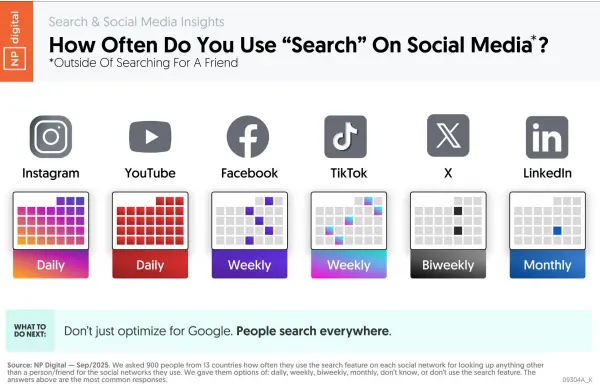Photoshop Is Officially Available on iPhone
An Android app is coming later this year.

An Android app is coming later this year.

Credit: Adobe
"Photoshop" is synonymous with image editing, and for good reason. The app is an industry standard, and has been for over 30 years. But while Photoshop has been available on computers and tablets for some time now, those looking to edit images on their smartphones have had to make due with alternative programs—or simply stick to their other devices instead.
That changes today. As of Tuesday, Feb. 25, Photoshop is officially on iPhone. You can go to the App Store, search "Photoshop," and see not just the usual alternatives—like Lightroom, Canva, and Facetune—but the real deal, too. Plus, the app itself is free, in addition to a number of "core imaging and design tools." According to the company, that includes the following, free of charge:
Selections, layers and masks
Tap Select tool
Spot Healing Brush
Adobe Firefly AI features, like Generative Fill and Generative Expand
Integration with Adobe Express, Adobe Fresco, and Adobe Lightroom
Access to "hundreds of thousands" of free Adobe Stock assets

Credit: Adobe
The company showed off a number of edit examples one might use the app for: using a masking tool to copy a subject from one image and paste it to another; using a "quick select brush" to isolate parts of an image from the final product; layering multiple images over one another to create a dramatic but realistic assortment of items around the subject; changing the color of one element of an image, while preserving the rest; and selecting objects to quickly remove them from the scene.
Of course, Adobe is also pushing its AI features, as well—namely, Generative Fill. In one demo, a rep wants to insert an island onto an image of an ocean. They use the lasso tool to highlight where in the image they want that island to be, then use Generative Fill to create a grassy piece of land with AI. In another, Generative Fill is used to remove a background, replacing it with the sky seen in a different part of the image.
Obviously, if you have previous Photoshop experience, you should be quite familiar with the tools and features of this version of the app. However, it may take you a moment to get your bearings: Based on press images and videos, this is definitely a mobile app, meaning its UI looks like many other image editing apps you might have used before. As such, it might take some trial and error before you understand where all of your usual options and features are. But based on what I see, this is the typical Photoshop experience—just distilled into mobile form.
There are more features (if you pay for them)
While Photoshop and its "core" features are free to download and use on iPhone, there are more features and perks if you choose to pay. Adobe now has a "Photoshop Mobile and Web plan" for customers who want more on the iOS, iPadOS, and web versions of the app. That includes:
Access to Photoshop on the web
Expanded access to Firefly-powered AI tools, like Generate Similar and Reference Image
Access to over 20,000 fonts (or import your own)
Object Select for precise selections
Magic Wand for targeted adjustments
Remove Tool
Clone Stamp
Content-Aware Fill
Advanced blend modes for styling your image
"Lighten" and "Darken" to lighten or darken different parts of an image
This plan costs $7.99 per month, or $69.99 per year. If you already pay for Photoshop, you now have all of these perks included in your plan.

Jake Peterson
Senior Technology Editor
Jake Peterson is Lifehacker’s Senior Technology Editor. He has a BFA in Film & TV from NYU, where he specialized in writing. Jake has been helping people with their technology professionally since 2016, beginning as technical specialist at New York’s 5th Avenue Apple Store, then as a writer for the website Gadget Hacks. In that time, he wrote and edited thousands of news and how-to articles about iPhones and Androids, including reporting on live demos from product launches from Samsung and Google. In 2021, he moved to Lifehacker and covers everything from the best uses of AI in your daily life to which MacBook to buy. His team covers all things tech, including smartphones, computers, game consoles, and subscriptions. He lives in Connecticut.

 AbJimroe
AbJimroe 
































